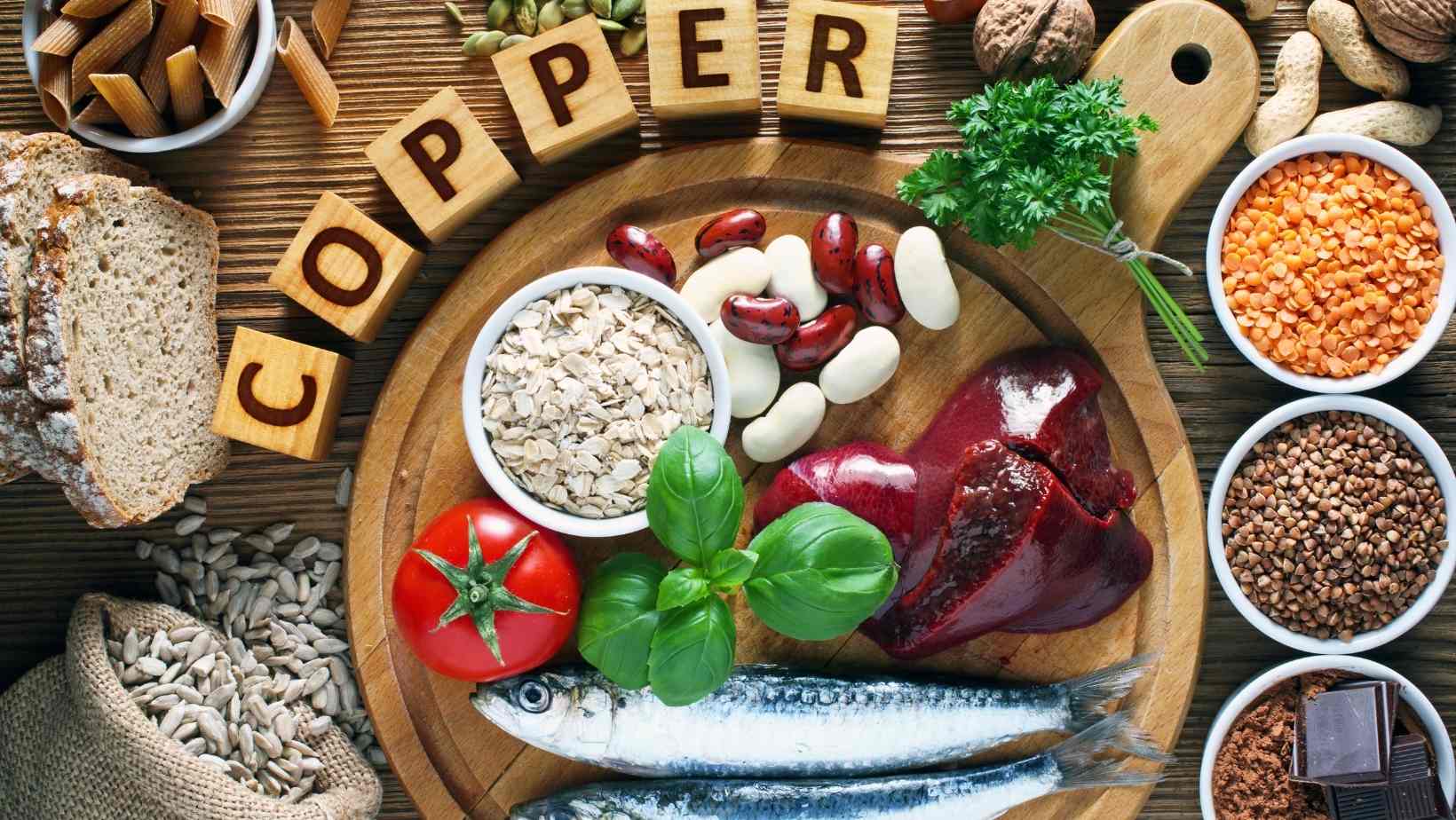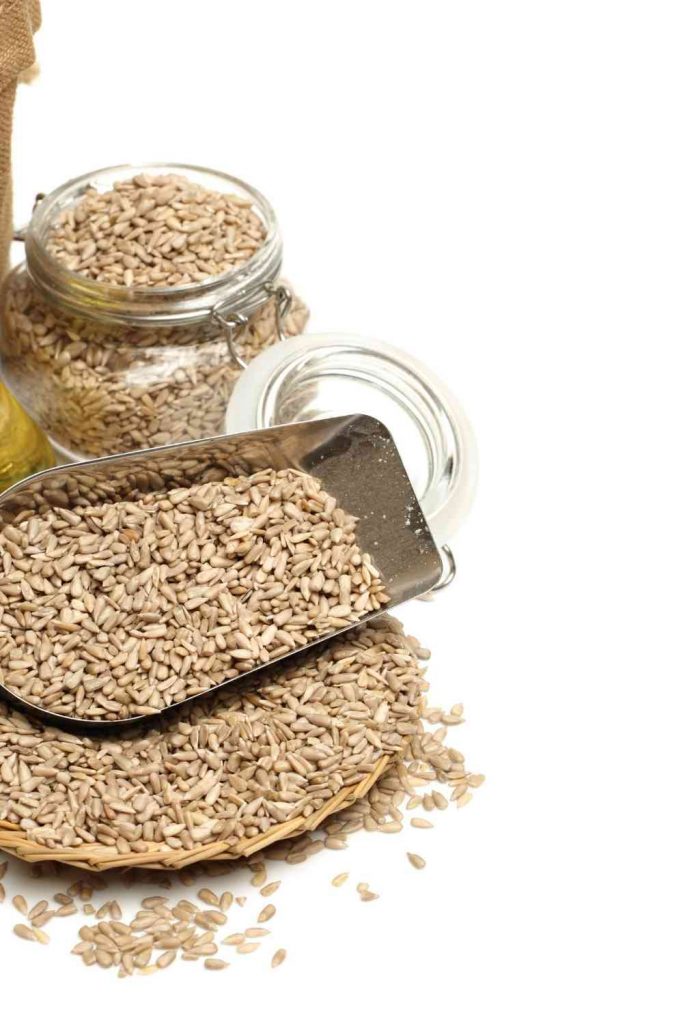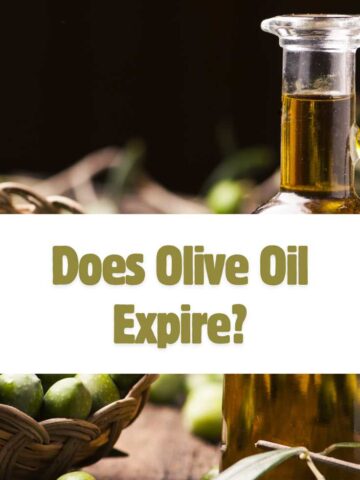Copper is a naturally occurring element that plays an important role in a variety of body activities. It's simple to obtain enough since it's in so many foods — even tiny quantities may be found in drinking water — and it's easy to get enough in your diet.
The mineral is required for energy generation, blood vessel maintenance, and immune system support. Copper is also available as a standalone supplement or as part of multivitamins, however, most individuals receive enough through meals.

Copper poisoning is very uncommon since our systems automatically discharge any excess copper we don't need. Too much copper causes stomach discomfort, extreme thirst, and diarrhoea in some people.
Copper's Benefits
Because our bodies are unable to generate copper on their own, we must get it from our diet. Copper needs to rise with age, but adults should obtain 900 micrograms of copper per day on average.
Maintaining proper copper levels in your diet aids in the following functions:
The Immune System of Your Body
Low copper levels have been linked to weakened immune system function, which may make it harder for your body to fight infections and illnesses.
Copper also acts as an antioxidant, which helps to boost your immune system. The mineral bonds with free radicals in our bodies and prevent them from hurting our cells in this way. As we age and change our lifestyles, free radicals build up in our bodies. High levels are linked to chronic disorders including diabetes, arthritis, and heart disease over time.
Tissue Preservation
Copper is required for the production of certain enzymes that are important for the formation of connective tissue in our ligaments, tendons, and hearts. These enzymes are also involved in the maintenance of a healthy blood vessel structure and the creation of strong bones.
The health of the Mind
Copper levels in the brain are among the highest in the body. It makes use of the mineral in a variety of neurological functions.
Copper, according to research, aids in the transport of oxygen to the brain and protects cells from free radical damage. It's also required for the production of enzymes that regulate nervous system processes. This function entails controlling your stress response as well as dietary amines, which aid in the breakdown of food into energy.
Copper-Rich Foods
Copper may be found in a number of foods that are good for any diet, making it simple to meet your daily requirements. These eight high copper-rich foods have a very high concentration of minerals.
1. Beef Liver
Beef liver has the highest copper content per serving of any cuisine. A 4-ounce portion of braised or fried chicken has 16,070 micrograms, which is more than 18 times your daily amount. Because it contains so much copper, experts recommend eating it just once a week to prevent poisoning symptoms. Chicken liver provides 566 micrograms or 62 percent of your daily needs.
2. Oysters
Cooked oysters, such as steamed or smoked meals, have a high copper content of 4,800 micrograms per 100 grams serving, however raw oysters have just approximately half that amount. Even if you don't like oysters, most shellfish may provide you with a significant amount of your daily copper needs. Cooked crab, for example, has 663 micrograms of copper per 100-gram dish, whereas smoked salmon has 228 micrograms.

3. Mushrooms
Mushrooms are a wonderful source of several critical minerals, including copper, as a high-protein veggie. Raw shiitake mushrooms, which are endemic to East Asian cuisine, provide 20% of your daily copper needs per cup. When cooked, however, its value rises to 1,152 micrograms or 128 percent of your daily requirements. Similar quantities may be found in oysters, portobello, and button mushrooms.
4. Cashew Nuts
With 622 micrograms per ounce or around 18 nuts, a handful of cashew nuts may provide practically your whole copper serving for the day. Cashews may be eaten raw, added to both hot and cold foods, or soaked overnight to make dairy-free spreads, cheeses, and dips.
5. Sunflower Seeds
Copper is abundant in many seeds, notably sunflower seeds, which have a whopping 519 micrograms per ounce. However, some sunflower seed products have a lot of added salt, so read labels and limit your servings to avoid the health concerns associated with a high-sodium diet.

6. Potatoes
Whether baked, mashed, or fried, a medium-sized baked potato has roughly 610 micrograms of copper per meal. Sweet potatoes, although bringing a little less copper to the table, are a nutrient-dense source of the mineral, with 120 micrograms per similar-sized dish.
7. Dark Chocolate
Though you should limit your sugar and calorie consumption, a bar of dark chocolate may provide you with enough copper for the whole day.
When it comes to the nutritional content of chocolate, the darker the better. 70-85% dark chocolate has 1,766 micrograms of copper per 100-gram bar, whereas 60-69 percent of dark chocolate has 1,248 micrograms.
Milk chocolate contains 491 micrograms per serving, which is much less than dark chocolate.
8. Tofu
Tofu is high in protein and other minerals, like calcium, that are sometimes deficient in plant-based diets. It also contributes roughly 44 percent of your daily copper need, with 398 micrograms of copper per 100-gram meal.




